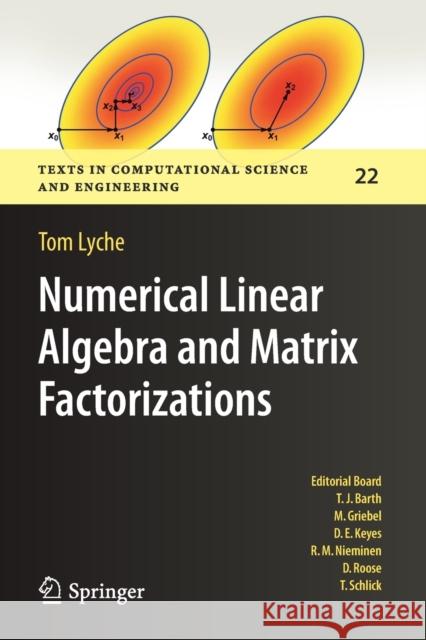Numerical Linear Algebra and Matrix Factorizations » książka
topmenu
Numerical Linear Algebra and Matrix Factorizations
ISBN-13: 9783030364700 / Angielski / Miękka / 2021 / 371 str.
Numerical Linear Algebra and Matrix Factorizations
ISBN-13: 9783030364700 / Angielski / Miękka / 2021 / 371 str.
cena 200,77
(netto: 191,21 VAT: 5%)
Najniższa cena z 30 dni: 192,74
(netto: 191,21 VAT: 5%)
Najniższa cena z 30 dni: 192,74
Termin realizacji zamówienia:
ok. 22 dni roboczych
Dostawa w 2026 r.
ok. 22 dni roboczych
Dostawa w 2026 r.
Darmowa dostawa!
Kategorie:
Kategorie BISAC:
Wydawca:
Springer
Seria wydawnicza:
Język:
Angielski
ISBN-13:
9783030364700
Rok wydania:
2021
Wydanie:
2020
Numer serii:
000308055
Ilość stron:
371
Waga:
0.55 kg
Wymiary:
23.39 x 15.6 x 2.06
Oprawa:
Miękka
Wolumenów:
01
Dodatkowe informacje:
Wydanie ilustrowane











